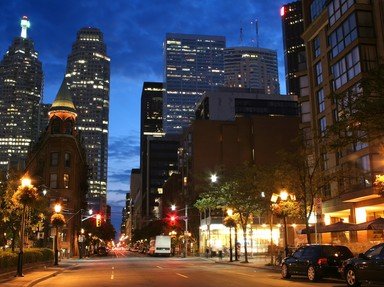
You Named it After What Now? Trivia Quiz
Cities are named for individuals, other cities, or often after some interesting feature. Can you match the Canadian provincial capitals with the derivation of their names?
A matching quiz
by Red_John.
Estimated time: 4 mins.
- Home
- »
- Quizzes
- »
- Geography Trivia
- »
- Canada
- »
- Canada - Cities